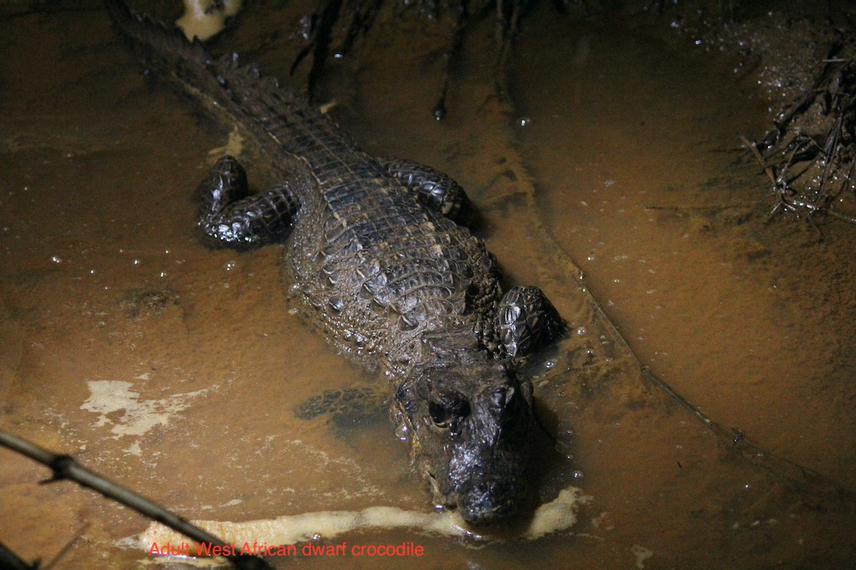Clement Sullibie Saagulo Naabeh
Other projects
9 Jul 2019
Urban Ecology and Conservation of the West African Dwarf Crocodile in the Kumasi Metropolis, Ghana
18 Oct 2023
Developing Community-Based Threat Management Approaches for Protecting the Vulnerable West African Dwarf Crocodile in Ghana
Urban ecology is of global importance as it contributes tremendously to the United Nations’ Sustainable Development Goals 11 and 15 (UN 2018). The West African dwarf crocodile (WADC) (Osteolaemus sp. nov. cf. tetraspis) which is relatively adaptable to urban environments in Ghana is a useful indicator species and its urban protection will help achieve the global goal of sustainable cities and biodiversity management. Unfortunately, Ghana to date has no crocodile management action plans, and this impedes efforts to develop effective interventions and models to support crocodile conservation in Ghana particularly the threatened urban ranges. WADC is categorized as Vulnerable by IUCN. It certainly now faces a higher risk of extinction due to lack of awareness, continued overexploitation, and habitat destruction. Unfortunately, managing this species in the urban environments of Ghana is problematic due to the lack of baseline data for facilitating targeted urban management plans and actions.

Our first Rufford-funded project focused on providing such basic information together with the initiation of awareness creation campaigns, providing the enabling conditions for developing a conservation management plan for the species. Our project revealed the Kwame Nkrumah University of Science and Technology (KNUST) campus together with our newly discovered habitat (Ayoko Community River) as potential hotspots for dwarf crocodile conservation within Kumasi, despite the city being the second-largest city in Ghana and is undergoing high-level urbanization and degradation of natural habitats. The KNUST site comprises old native habitat being lost elsewhere in the Upper Guinea forest biodiversity hotspot, and thus a continuation of this project designed to increase awareness, continue WADC threat and population monitoring, build local capacity, and develop grassroots management strategies will be critical for the protection of this important urban habitat and its WADC population. Replicating these activities within the Ayoko Community River site will ensure the basis for long-term collaborative management action for a second urban WADC population.